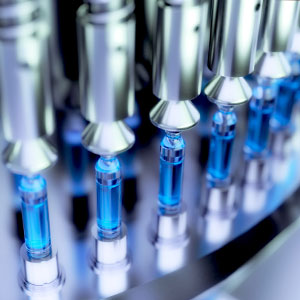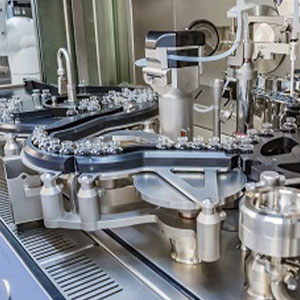
Cleanroom Classification for Pharmaceutical Applications
Pharmaceutical products are manufactured to meet exacting standards of both efficacy and quality. All aspects of quality are reviewed considering the risks associated with the delivery method (injected, ingested etc.) and the manner in which they were produced (aseptic, terminally sterilized, or under lesser controlled conditions). This paper looks at two parts of that process: the quality of the environment in which the product is manufactured and the standards that surround the particle concentration limits that determine what a controlled environment consists of.



